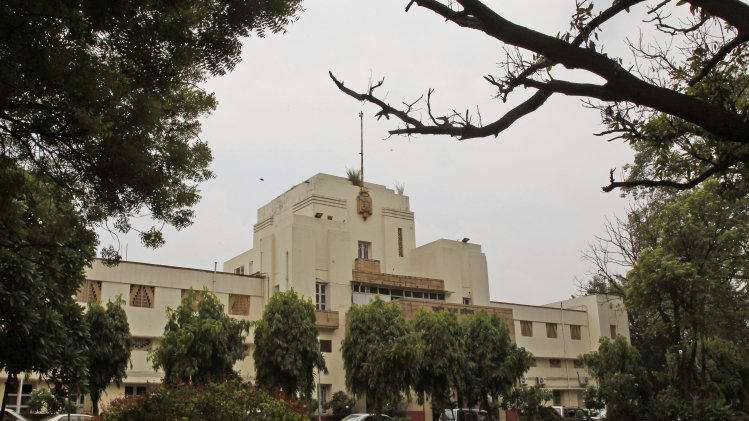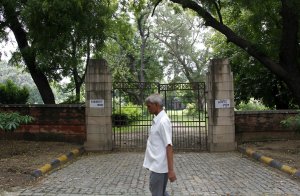
After his own death a few months later, his daughters, the princesses, don't get the palaces, gold and vast lands they claim as their birthright. Instead, they are given a few dollars a month from palace officials they accuse of scheming to usurp the royal billions with a forged will. The fight rages for decades.
On Saturday, an Indian court brought the chapter to a close, ruling that the will of Maharaja Harinder Singh Brar of Faridkot was fabricated.
His daughters will now inherit the estimated $4 billion estate, instead of a trust run by his former servants and palace officials.
Chief judicial magistrate Rajnish Kumar Sharma, in the northern city of Chandigarh, finally gave his ruling on the case filed by the maharaja's eldest daughter, Amrit Kaur, in 1992, a court official said Monday. The court official spoke on condition of anonymity because he was not authorized to speak to the media.
The Faridkot riches were legend in India's Punjab state.
The estate includes a 350-year-old fort, palaces and forests lands in Faridkot, a mansion surrounded by acres of land in the heart of India's capital New Delhi and similar properties spread across four states. The 18 cars include a Rolls Royce, a Daimler and a Bentley, all in running condition.
In addition, there is an aerodrome in Faridkot, spread over 200 acres, which is being used by the Punjab state administration and the army.
And more than 10 billion rupees ($170 million) worth of gold, jewelry studded with diamonds, rubies and emeralds.
Brar himself was a boy-king who grew up amid the final gasps of India's royal families. He was crowned maharaja of the tiny kingdom of Faridkot in western Punjab — the last maharaja it would turn out — at the age of 3, upon his father's death.
After India won independence from Britain in 1947, Faridkot and hundreds of other small kingdoms were absorbed into the country, royal titles and power were abolished and the royal families were given a fixed salary from the Indian government. That payment, the "privy purse," was abolished in 1971.
Some royals slipped into penury, some converted their former palaces into luxury hotels to provide them an income.
A few, like Brar, held onto their enormously profitable real estate and continued to live a rarefied life.
But in 1981, Brar's only son, Tikka Harmohinder Singh, was killed in a road accident and he tumbled into a deep depression. It was then, his three daughters' argued, that his trusted aides connived to deprive his family of their fortune. They set up the Meharawal Khewaji Trust, naming all the maharaja's servants, officials and lawyers as trustees.
A short time after Brar's death in 1989, a will leaving all his wealth to the trust became public. The two younger princesses, Deepinder Kaur and Maheepinder Kaur, were given monthly salaries of $20 and $18 respectively. Brar's wife, mother and oldest daughter — the presumed heir — were cut off without a penny.
The trust told the court that Amrit Kaur had been shunned by her father for marrying against his wishes.
Kaur told the court that her father had never made a will and that she had remained with him until his death.
In the two decades that it has taken for the court to give its ruling, much has changed. The value of the estates has increased manifold. The New Delhi properties alone are worth about $350 million. One of his daughters, Maheepinder Kaur, died. Amrit and Deepinder are in their 80s.
The family's lawyer, Vikas Jain, told India's Financial Express newspaper that some of the fortune had been squandered.
The trust is weighing a challenge to the Chandigarh court order in a higher court, news reports said Monday.
"The will was real and it was not forged. The trust, after going through the order in detail, could challenge it in an upper court," Ranjit Singh, a lawyer for the trust, was quoted as telling The Times of India newspaper.



